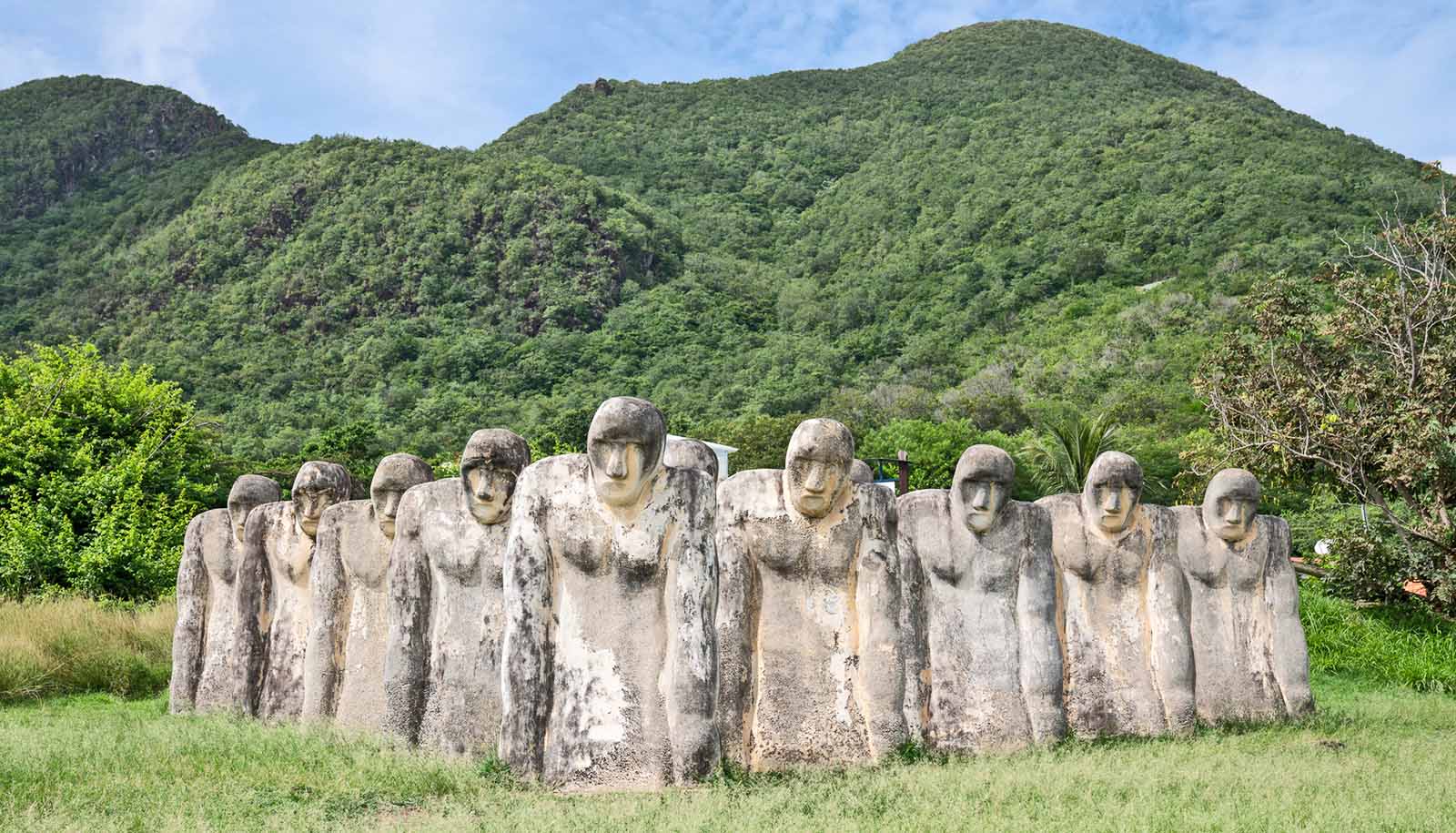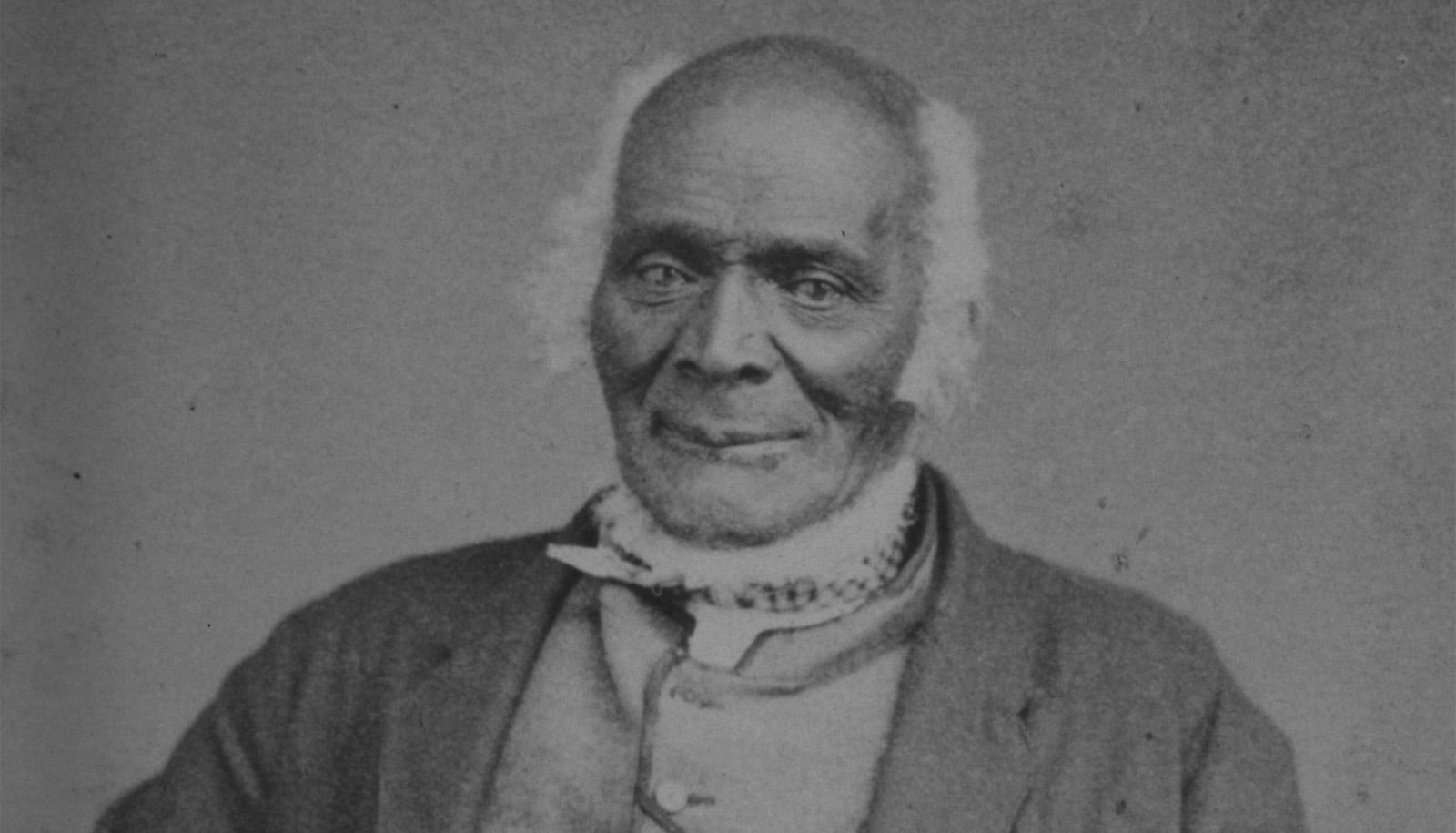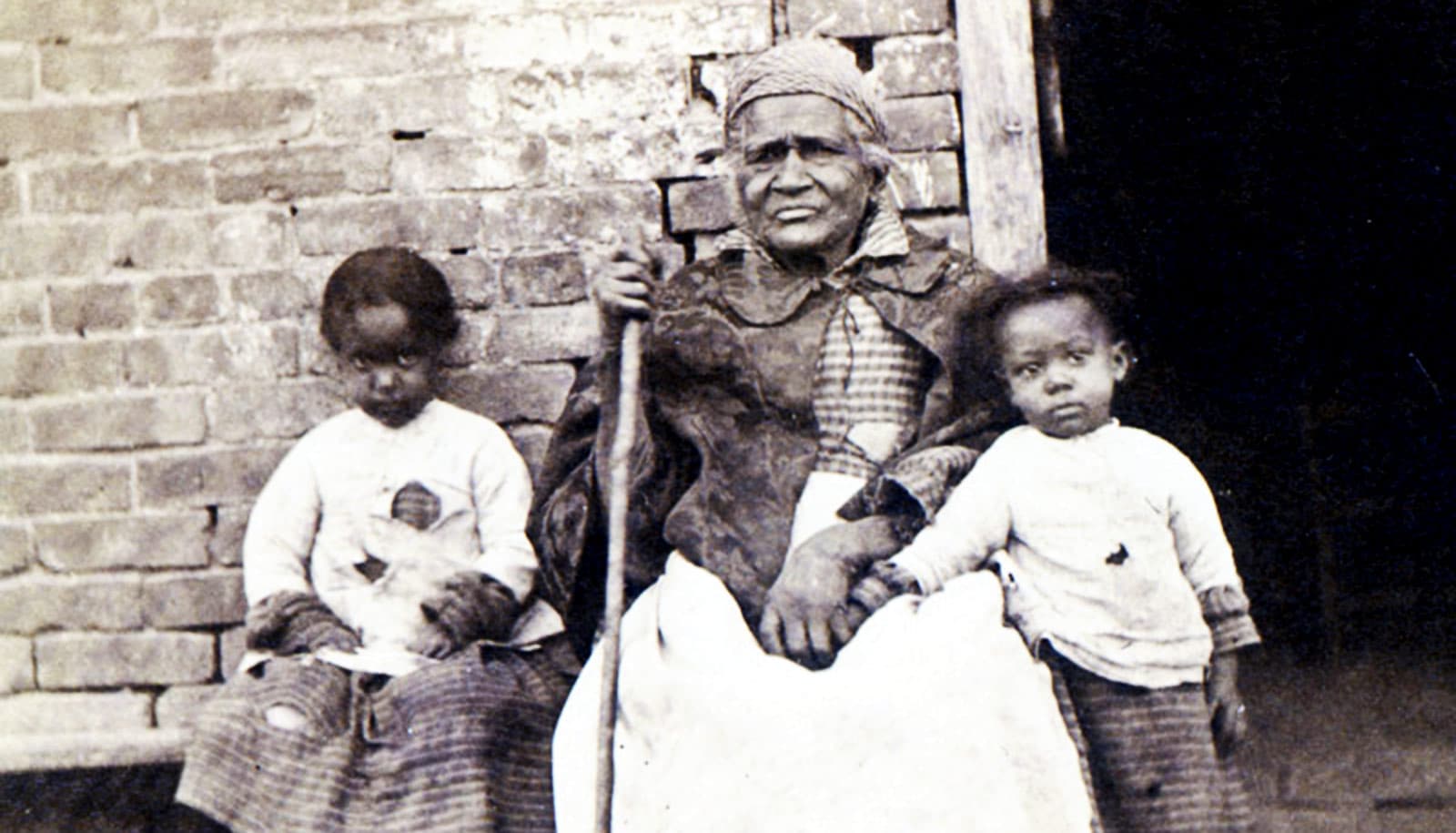Researchers have built a database of more than 16,000 formerly enslaved people in St. Lucia in 1815.
Beginning as early as the 15th century, slavers disrupted the lives of more than 12.5 million men, women, and children of African descent by forcing them into the trans-Atlantic slave trade, uprooting them from their homes, and bringing them against their wills to territories around the world, including the British Crown colonies and the colonies in the United States.
When these enslaved people arrived at former British Crown colonies in the Caribbean, territories including St. Lucia, St. Vincent, Dominica, and Grenada, their arrivals were often marked with entries into detailed registries that documented their first and last names, their ages, occupations, specific places of origin, and even familial connections to others enslaved on the same plantation or in the same household.
To capture the important details found in these registries, to both broaden our understanding of slavery, and explain the experiences of people who rarely had the opportunity to leave a record of their lives, Tessa Murphy, an associate professor of history in the Syracuse University Maxwell School of Citizenship and Public Affairs, collaborated with Michael Fudge, a professor of practice in the School of Information Studies, and student research assistants.
Murphy’s book project, “Slavery in the Age of Abolition,” reconstructs the life histories and genealogies of people enslaved on the expanding frontiers of the British Empire in what is commonly referred to as the age of abolition. It will eventually be searchable, accessible, and available to the public.
“The database is going to be such a powerful research and teaching tool. I used examples from the database in an upper-level history seminar that I’m teaching right now, where I distributed examples to different students and had them analyze these as primary documents,” says Murphy.
“I asked them ‘What do you get from looking at this sheet that you didn’t know before about the realities of slavery?’ There are multi-generational family trees that you can derive from these. They’re quite bureaucratic documents, and when you look at them, they might seem to be just listing facts, but when you really engage with what they’re telling you, they’re testifying to the violence that underlay this system. And that really informed the daily lives of the people whose names are being recorded here,” says Murphy.
“What’s really fascinating about this particular project is the amount of data. The traditional inaccessibility of the data from a search perspective and the effort that we put into making it much more accessible and searchable. It’s going to be transformative for a lot of people,” adds Fudge.
In this podcast episode, Murphy and Fudge discuss how the project came to be, the arduous task of compiling their database, the challenges of digitally capturing historical records from more than 200 years ago, and how this database can serve as a teaching tool for the descendants of these formerly enslaved people:
Note: This conversation was edited for brevity and clarity. A PDF transcript is available here.
Source: Syracuse University



